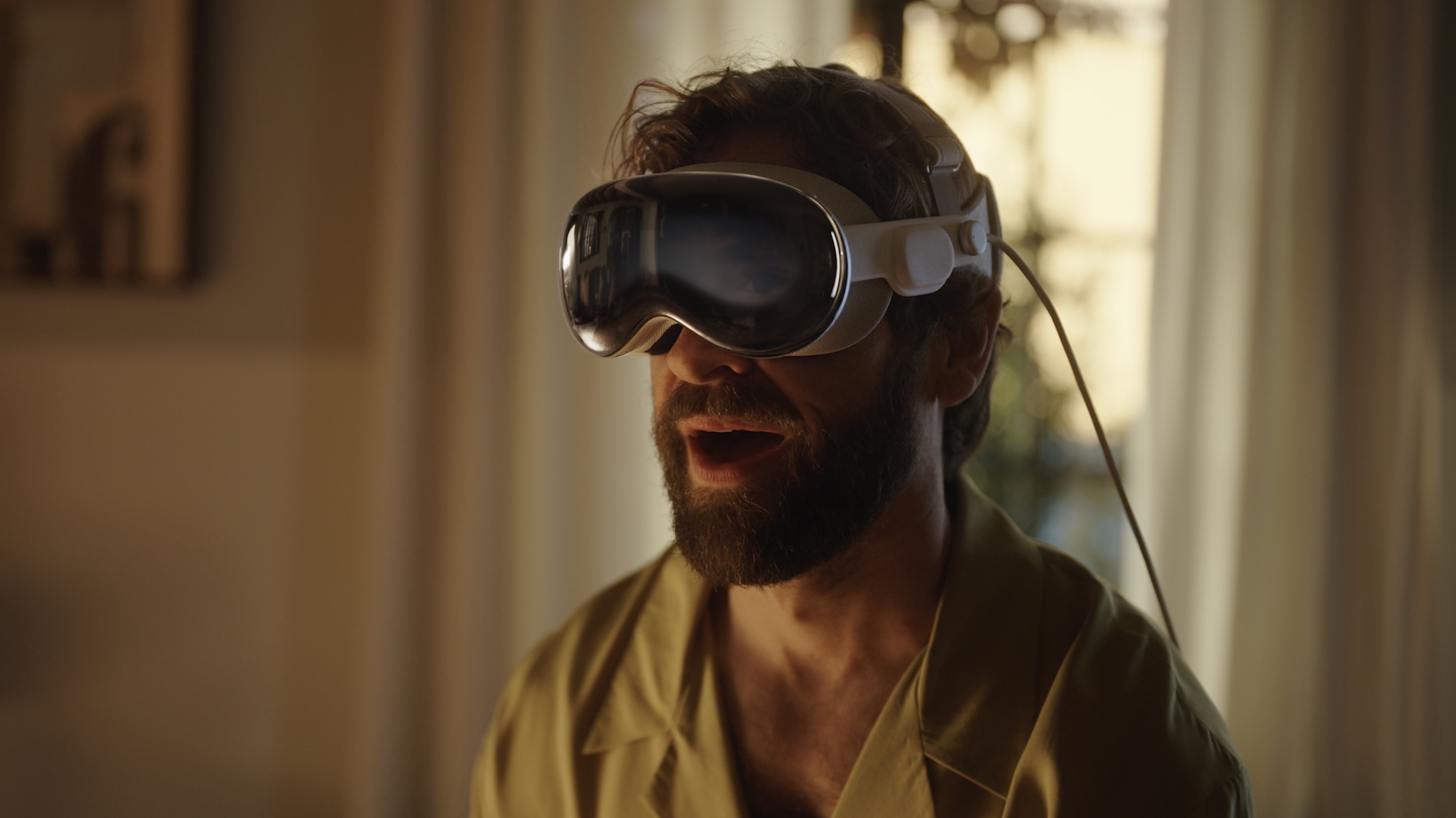Apple Vision Pro leak reveals company could be planning at least three more models — "It could take four generations before the device reaches its ideal form"
It's good, but it's going to get better.

The Apple Vision Pro has been on sale for more than a week and while early adopters continue to get to grips with a future of what Apple calls spatial computing, it's fair to say that the headset isn't without its problems. Some users have already reported a litany of software bugs that Apple will need to iron out, and expectations are already strong that it will surely do that in the coming months. But a new report says that it isn't just software that Apple has its eye on — new hardware is something the people behind the Vision Pro are already working towards.
Quite apart from rumors of a new, cheaper Apple Vision product, it's now been claimed that Apple could be hard at work on updated models of the Apple Vision Pro that will take the headset beyond what is currently possible. That will most likely involve a mix of new software and upgraded hardware, and details on what this will all mean are currently slim. But with the end game surely the fabled Apple Glass (a heavily-rumored Google Glass-like AR product without the need for a clunky headset) the company seems well aware that the current size and shame isn't the Apple Vision Pro hasn't taken its final form.
It could take some time to get there, however. With Apple likely already hard at work on what comes next, a new report hints that the people on the Vision Pro team have their sights set much further down the product roadmap. If the report is accurate, Apple is already planning a further three generations of its AR/VR headset and it could take that long before it really starts to come into its own.
A four-generation plan
This is all according to the usually well-connected Mark Gurman, writing in the weekly Power On Newsletter in which he claims that even Apple's own engineers are aware that it will take some time for the headset to show its true colors. But the fact that those generations are even being considered at this point means that Apple is in for the long haul and spatial computing won't be a flash in the pan.
Speaking about the fact that Apple's current visionOS software isn't as mature as perhaps the $3,499 starting price might have some expect, Gurman added that "some people in the Vision Products Group (the team working on the headset) believe it could take four generations before the device reaches its ideal form." That's a similar timeline to that of the Apple Watch in particular, while the iPhone also changed considerably in its first four generations.
The Apple Vision Pro debuted on February 2 to much fanfare and expectation and reports have so far been largely positive beyond some teething problems. With Apple expected to hold its annual WWDC event in June, it's possible we will see visionOS 2.0 previewed, an update that would be the first big software rejig for Apple's headset.
But software is only part of the story and with some buyers continuing to report that the Apple Vision Pro is simply too heavy for prolonged use, that's one aspect of the experience the company will no doubt be working on. Future models could be thinner and lighter than those that came before it, and it's entirely likely the fourth-gen Apple Vision Pro will look very different from the one on sale today.
Master your iPhone in minutes
iMore offers spot-on advice and guidance from our team of experts, with decades of Apple device experience to lean on. Learn more with iMore!
The Apple Vision Pro that you can buy in 2024 will be the worst ever made — and Apple's plans already stretch way beyond it. Hopefully, that will start with finding a way to shrink the price of entry sooner rather than later.
More from iMore

Oliver Haslam has written about Apple and the wider technology business for more than a decade with bylines on How-To Geek, PC Mag, iDownloadBlog, and many more. He has also been published in print for Macworld, including cover stories. At iMore, Oliver is involved in daily news coverage and, not being short of opinions, has been known to 'explain' those thoughts in more detail, too. Having grown up using PCs and spending far too much money on graphics card and flashy RAM, Oliver switched to the Mac with a G5 iMac and hasn't looked back. Since then he's seen the growth of the smartphone world, backed by iPhone, and new product categories come and go. Current expertise includes iOS, macOS, streaming services, and pretty much anything that has a battery or plugs into a wall. Oliver also covers mobile gaming for iMore, with Apple Arcade a particular focus. He's been gaming since the Atari 2600 days and still struggles to comprehend the fact he can play console quality titles on his pocket computer.
